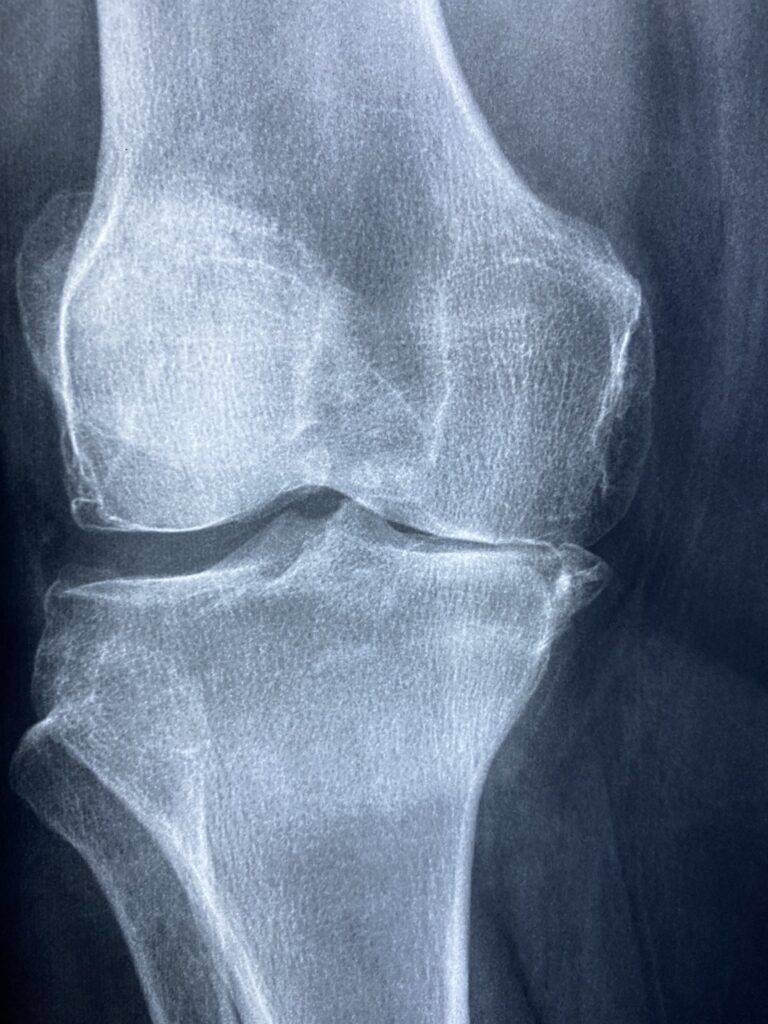Understanding Bowen’s Disease: A Comprehensive Guide
Introduction Bowen’s disease, also known as squamous cell carcinoma in situ, is a precancerous skin condition characterized by the abnormal growth of squamous cells in the epidermis. In this guide, we will explore the various aspects of Bowen’s disease, including its causes, symptoms, diagnosis, treatment options, and preventive measures.
What is Bowen’s Disease? Bowen’s disease is a type of precancerous skin lesion that primarily affects the outermost layer of the skin, known as the epidermis. It is considered an early form of squamous cell carcinoma in situ, wherein the abnormal cells are confined to the epidermis and have not invaded deeper layers of the skin or spread to other parts of the body.
Symptoms of Bowen’s Disease Symptoms of Bowen’s disease may include:
- Red, scaly patches on the skin
- Persistent, non-healing sores or ulcers
- Rough or raised lesions with irregular borders
- Itching or burning sensation in the affected area
- Changes in the color or texture of the skin
Causes of Bowen’s Disease The exact cause of Bowen’s disease is not fully understood, but several factors may contribute to its development, including:
- Chronic sun exposure
- Exposure to ultraviolet (UV) radiation
- Weakened immune system
- Previous history of skin cancer or precancerous lesions
- Environmental factors such as smoking or chemical exposure
Risk Factors for Bowen’s Disease Certain factors may increase the risk of developing Bowen’s disease, including:
- Advanced age
- Fair skin
- History of sunburns or excessive sun exposure
- Immunosuppressive conditions or medications
- Family history of skin cancer
Diagnosis of Bowen’s Disease Diagnosing Bowen’s disease typically involves:
- Visual Examination: A healthcare provider will examine the affected skin for signs of redness, scaling, or irregularities.
- Skin Biopsy: A small sample of skin tissue may be removed and examined under a microscope to confirm the presence of abnormal cells.
- Dermoscopy: A non-invasive imaging technique that allows for detailed examination of skin lesions to assess their characteristics and determine the need for biopsy.
Treatment Options for Bowen’s Disease Treatment for Bowen’s disease aims to remove or destroy the abnormal cells while preserving the surrounding healthy tissue. Common treatment options may include:
- Topical Medications: Prescription-strength creams or ointments containing imiquimod or 5-fluorouracil (5-FU) may be applied directly to the affected area to destroy abnormal cells.
- Cryotherapy: Freezing the lesion with liquid nitrogen to destroy abnormal cells.
- Surgical Excision: Surgical removal of the lesion and surrounding tissue to ensure complete eradication of abnormal cells.
- Electrosurgery: Using electrical currents to destroy abnormal cells and minimize bleeding during surgical procedures.
Preventive Measures for Bowen’s Disease Preventive measures to reduce the risk of Bowen’s disease may include:
- Limiting sun exposure, especially during peak hours (10 a.m. to 4 p.m.).
- Using broad-spectrum sunscreen with a high SPF and reapplying it regularly.
- Wearing protective clothing, such as wide-brimmed hats and long-sleeved shirts, when outdoors.
- Avoiding tanning beds and artificial UV radiation sources.
- Performing regular skin self-examinations and seeking prompt medical attention for any suspicious lesions or changes in the skin.
Conclusion Bowen’s disease is a precancerous skin condition characterized by the abnormal growth of squamous cells in the epidermis. While it is considered a low-risk form of skin cancer, early detection and prompt treatment are essential for preventing progression to invasive squamous cell carcinoma. By understanding the causes, symptoms, diagnosis, treatment options, and preventive measures for Bowen’s disease, individuals can take proactive steps to protect their skin health and reduce their risk of developing skin cancer. If you notice any suspicious changes in your skin, it is crucial to consult a healthcare provider for proper evaluation and management.




